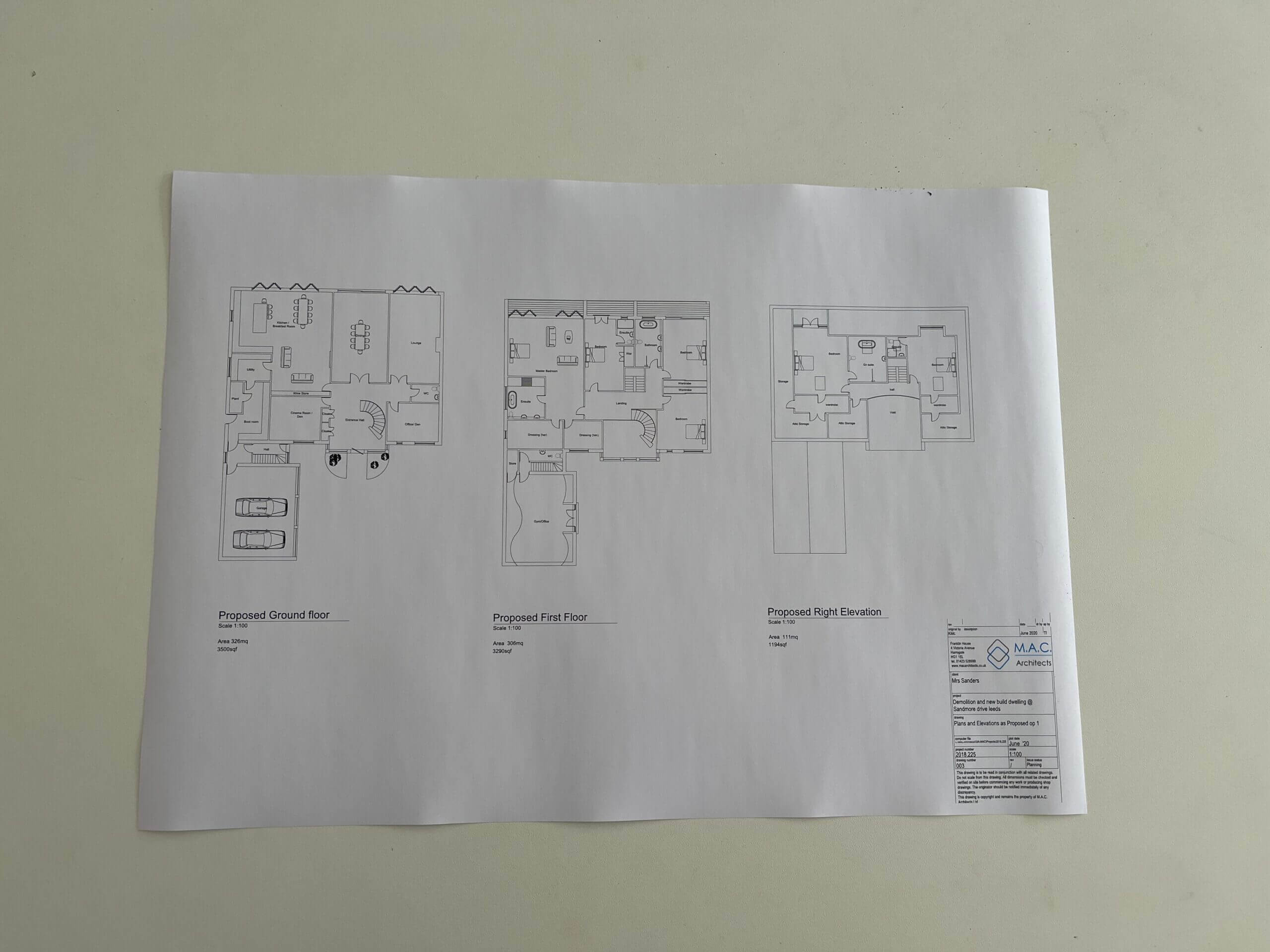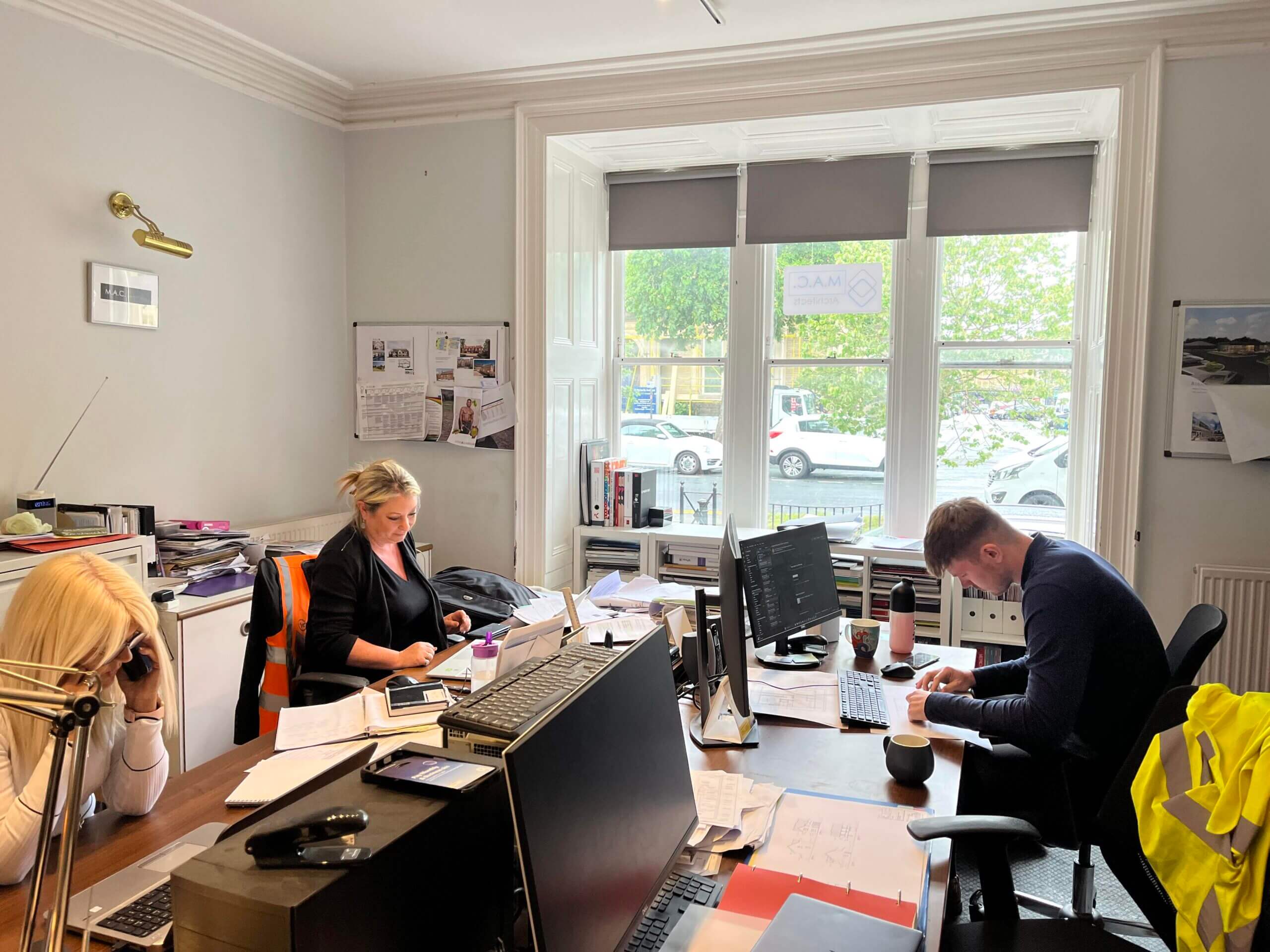Property Deal Completion: A Realistic Look At Timelines And Stages
Author: Nigel Bowers

In my last article, I introduced the way to approach pitching your property deal to lenders. So, in this issue, we’ll look at how long a typical property deal should take, from inception to completion. Obviously, this will vary greatly, but hopefully this will give you some food for thought.
- How Long Should a Deal Take to Complete?
The entire process from inception to completion, can typically take 6– 12 weeks, for a standard property deal. However, various factors can significantly impact the actual timeframe. For instance, the complexity of the project, such as a large-scale development or extensive renovations, may prolong certain stages and extend the overall timeline. Additionally, unforeseen issues like delays in obtaining the necessary approvals, unexpected findings during the valuation process or complications during the legal stage, can further extend the timeline.
2. What to Prepare in Order to Speed up the Process
Preparation is crucial in the pre-approval stage, as gathering and submitting comprehensive information (financial documents, property details, plans, costings, etc.,) can expedite the pre-approval process, which may take 1–5 business days. Conversely, incomplete or inaccurate information can lead to delays and a longer pre-approval stage.
3. What to Expect from a Decision in Principle
The decision in principle stage, where the lender provides preliminary approval subject to further checks, usually takes 1–2 business days. During this stage, the lender reviews the information provided in the pre-approval stage and makes an initial assessment of your eligibility for the loan amount requested. This preliminary approval is subject to additional verification and checks, but it provides an indication of the lender’s willingness to proceed with the loan process.
4. Property Valuations: What Are You Marked On?
The property valuation, conducted by the lender’s chosen valuer, is a critical step that can take 2–3 weeks. The scope of the valuation depends on the nature of the project, such as a refurbishment, new development or investment property. The valuer will assess various factors, including the property’s location, market conditions, potential income (if applicable) and the overall viability of the project. The valuation report is crucial for the lender to determine the property value and the associated risks, which will inform their final lending decision.
5. Loan Processing: Almost At the Final Hurdle
Loan processing, which involves reviewing and verifying the valuation report, requesting any other required reports, such as structural surveys or environmental assessments, depending on the findings or the complexity of the project and can take up to a week or longer. This process ensures that the lender has a comprehensive understanding of the property and any potential risks, before proceeding with the loan approval.
6. Underwriting: The Final Stage Before You Receive Your Offer
The underwriting stage, where the formal loan offer is issued after a thorough review, typically takes 1–3 days. At this point, an underwriter within the lender’s organisation conducts a final, in-depth review of the entire loan application, including all supporting documentation, valuation reports and any additional assessments. If the underwriter is satisfied that all criteria are met, they will issue a formal loan offer, outlining the terms and conditions of the proposed financing.
7. How Having the Right Team Can Speed Up the Process
The legal process, involving both parties engaging legal representatives, to review and facilitate the transfer of ownership, mortgages and other legal documentation, is a crucial but time-consuming stage. Selecting a solicitor with experience in the relevant property type (e.g., commercial, residential or development projects) can ensure a smoother and more efficient legal process, minimising potential delays or complications. This stage can reasonably take around four weeks.
8. Final Approval and Closing
After the legal process is finalised and all necessary documentation is signed, the lender will conduct a final review and issue their final approval. Once approved, the lender will release the funds, allowing the property transaction to be completed and ownership to be transferred. This should only take 1–2 days.
Of key importance is engaging a knowledgeable and proactive broker early in the process. They can be invaluable in pushing for completion as quickly as possible, by coordinating the various stages, ensuring timely submission of documents and addressing any issues that may arise, especially in urgent situations like auction purchases, ultimately helping to streamline the overall process and meet critical deadlines.
Ask Oxygen
If you need a hand with any current or upcoming property deal, or you just want more information on how lenders and finance work, then get in touch using the details below. I’m always happy to grab a coffee with any reader of Blue Bricks Magazine to offer any help and support I can.
Email: nigel@oxygenfinance.co.uk
Website: askoxygen.co.uk
Tel: 01943 243159












